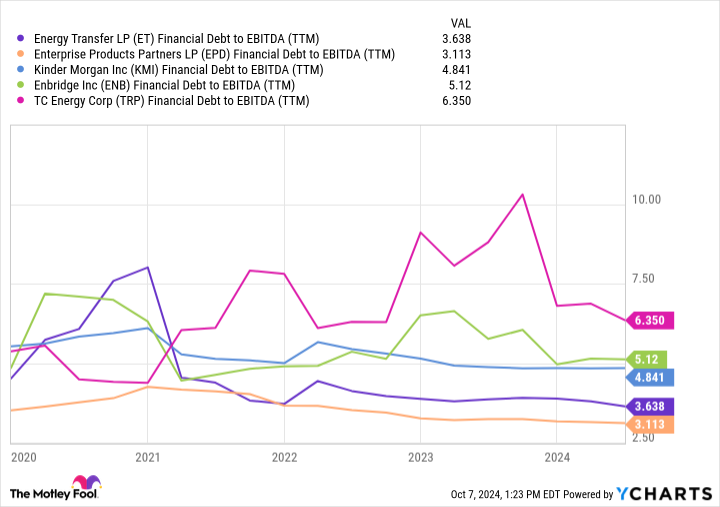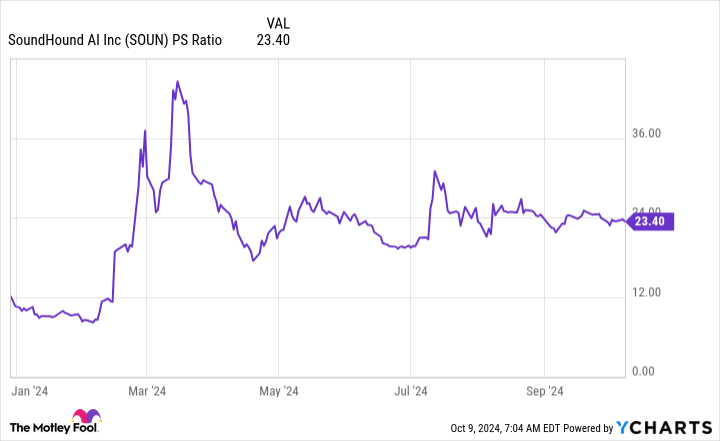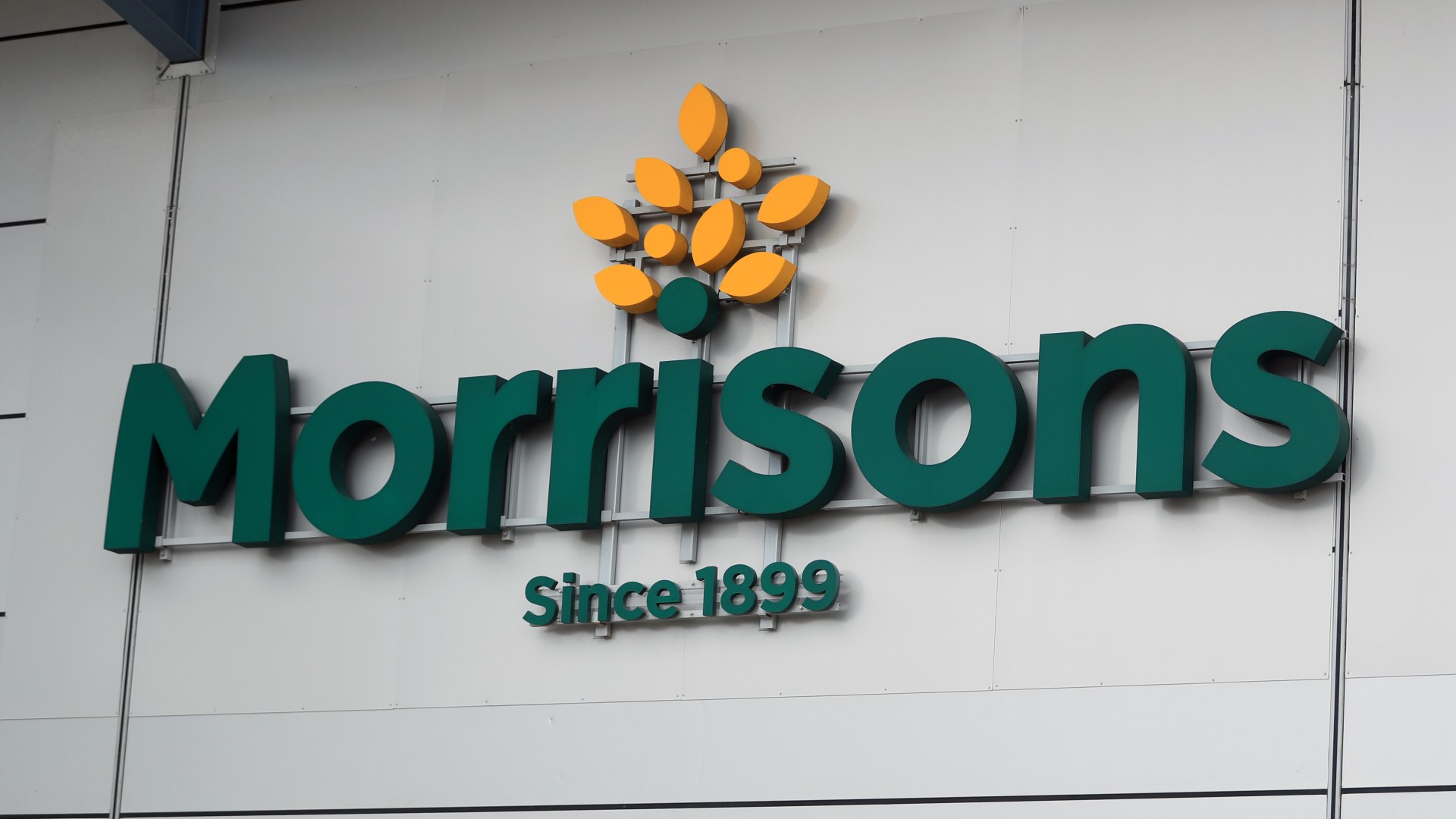In the winter of 1938, Lore Segal said goodbye to her parents at the train station in Vienna and boarded a train that would whisk her away from the burgeoning Nazi occupation. She was one of the lucky 10,000 children selected for Kindertransport, a humanitarian initiative to foster endangered Jewish children in Nazi territories into British homes. Arriving in England, Segal felt safe, but not known. “My foster parents did not understand what was happening in Vienna,” the writer, who died this week at the age of 96, said in an interview in 2007. “The questions they asked me were not relevant”. And so the ten-year-old child began to write about what had happened, filling 36 pages of a school book with what she called “Hitler stories”.
It was at that moment that Segal discovered something she not only wanted, but needed to say. “It was the novelist’s impulse not to explain or persuade but to force the reader’s vision: see what I saw, feel what it felt like,” she wrote in the preface to her first novel, Other People’s Houses, a fictionalised account of the time she spent in foster homes. That impulse drove her through eight decades of writing: five novels, children’s books, essays and a steady stream of short stories for the New Yorker. The first of these was published in 1961, when she was 33; the last was in an edition of the New Yorker that appeared on newsstands the day she died.
Leaving Vienna gave Segal both the impetus to write and one of the necessary tools. Sitting on a tram, the protagonist in Other People’s Houses spots “another little Jewish girl with a rucksack and suitcase” and tries to catch her eye, “to flirt up a new friend for myself”. The girl ignores her, too busy crying. In their different aspects, Segal recognised that she had transposed her own grief into excitement. This was, she later said, “a form, surely, of denial”.

That detachment, however, is what allowed Segal to “stand back, not judge and just see what was happening,” says Natania Jansz of Sort of Books, which published Segal’s writing in the UK. “She was able to investigate what was happening around her.”
In England, Segal was eventually joined by her parents, and in her early twenties she moved to New York, where she began writing in earnest. What started as a series of short stories about refugees were stitched into Other People’s Houses in 1964. Twelve years later (“I’m slow,” she once explained) a novella called Lucinella traced the story of a poet living among the New York literati. Twenty-two years later, in 2007, she published Shakespeare’s Kitchen, a collection of stories set in a think-tank in Connecticut which was nominated for the Pulitzer.
Segal wrote from 8am until 1pm every day of her adult life. As she grew older, her characters did too. Last year she published Ladies’ Lunch, a collection of stories which follow a group of ninety-year-old women who periodically meet to laugh and lament their ageing. In one story, Lotte, infuriated at her diminishing freedoms, continually asks her friend Ruth if they could “rent a car together”; in another, Colin is “the only one of the husbands still living” and also the one the friends “could not stand”. The collection was a hit, “splashed all over Manhattan shop windows”, Jansz says. Segal “absolutely loved it”.
Her continued output revealed the depth of her love for the activity of writing. She was a prodigious editor of her own work, known to tweak stories even after publication when a stronger word or image came to her. Her tendency to write novels as a series of stories was born in part from this minute focus.
“I put down a sentence, and that sentence makes it possible to make the next one. I don’t have a usable plan,” she said. “I don’t experience my life as a plot and am not good at plotting my novel.”
As well as being an author of consummate craft she was a writer of joy. “Charm is a word I have never used,” her friend, the writer Vivian Gornick, said over email. “But a few weeks ago I realised that when I think of Lore, the word comes into my head. What I mean by that is this: she loved being alive, she found the world attractive, as a result she found something attractive in almost every person who came her way. This quality irradiated her personality. Not a person to whom I introduced her failed to fall in love with her. This, I think, is the essence of charm.”
Segal greeted old age with characteristic frankness and curiosity. Jansz recalls the moment Segal informed her that she was losing her sight, saying “I’ve emigrated a lot in my life, and not always by choice. Maybe I could think of this as another emigration and, maybe, like the others, I’ll also find this interesting.”







































































































































You must be logged in to post a comment Login